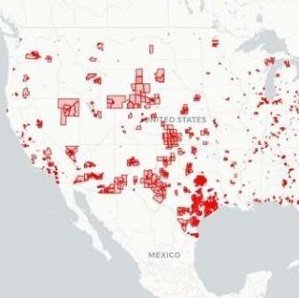A new study led by Cleveland Clinic researchers has identified geographic “hot spots” where targeted efforts could significantly improve colorectal cancer screening rates among Hispanic and Latino communities in the United States. The research, published in the American Journal of Public Health, addresses a critical health disparity: Hispanic/Latino populations have the lowest colorectal cancer screening rates among U.S. racial and ethnic groups.
The study’s innovative approach uses geographic analysis to pinpoint neighborhoods that may benefit from targeted education or intervention programs. Researchers analyzed public cancer screening and census databases to create an interactive web map illustrating areas where larger Hispanic/Latino populations correlate with lower screening rates.
“This approach advances our ability to pinpoint neighborhoods that may benefit from targeted education or intervention programs, taking into account unique characteristics, such as cultural values and language,” said study first author Blake Buchalter, Ph.D.
The researchers emphasize the importance of recognizing the diversity within Hispanic/Latino communities. “It’s important to remember that Hispanic/Latino communities are incredibly diverse with respect to many factors, such as ancestry, culture and health behaviors,” noted senior author Stephanie Schmit, Ph.D., M.P.H.
This research provides a valuable tool for public health authorities, policymakers, and clinicians to target investments and interventions where they’re needed most. The ultimate goal is to increase colorectal cancer screening rates in priority neighborhoods, potentially improving early detection and treatment outcomes for Hispanic/Latino individuals across the country.
See “Research identifies priority zones that may help improve colorectal cancer screening among Hispanic/Latino individuals” (July 31, 2024)



